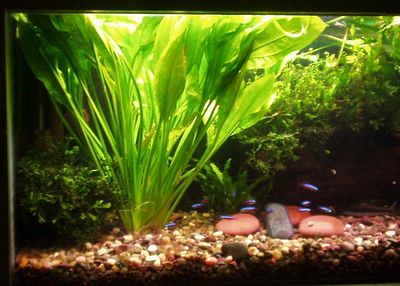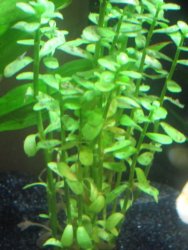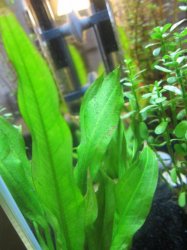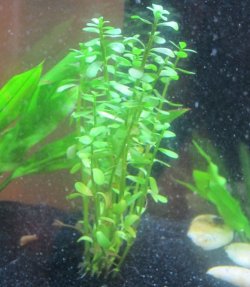I looked into this product also as I was curious. I agree with byron about being disinclined to use it. If you read the SeaChem literature about Prime and nitrite/nitrate removal you will discover this:
The detoxification of nitrite and nitrate by Prime (when used at elevated levels) is not well understood from a mechanistic standpoint. The most likely explanation is that the nitrite and nitrate is removed in a manner similar to the way ammonia is removed; i.e. it is bound and held in a inert state until such time that bacteria in the biological filter are able to take a hold of it, break it apart and use it. Two other possible scenarios are reduction to nitrogen (N2) gas or conversion into a benign organic nitrogen compound.
I wish we had some more "concrete" explanation, but the end result is the same, it does actually detoxify nitrite and nitrate. This was unexpected chemically and thus initially we were not even aware of this, however we received numerous reports from customers stating that when they overdosed with Prime they were able to reduce or eliminate the high death rates they experienced when their nitrite and nitrate levels were high. We have received enough reports to date to ensure that this is no fluke and is in fact a verifiable function of the product.
from
http /www.seachem.com/support/FAQs/Prime.html
/www.seachem.com/support/FAQs/Prime.html
I am fortunate not to have to use dechlors so I cannont comment on what prime may or may not do, but the key is they don't know how their product works in this respect. I would want to see a real analysis of Prime as if there is chloride in it in some form, this would explain it. Perhaps when mixed with something else common in tanks the result is chloride.
I would assume the Fluval product is similar but in a different form.
I know ammonia can result in algae and I know no established tank should have either an ammonia or a nitrite remover in it. Long before I would suggest using chemical methods to remove nitrate I would suggest water changes, live plants or a veggie filter or setting things up to encourage the colonization of denitrifying bacteria.
I add phosphorus in the form of potassium phosphate as well as nitrogen nitrate and potassium nitrate to several of my planted tanks.
I have run carbon during fishless cycles with plants in tanks and everybody was happy. I did this because back when I began fishkless cycling pure ammonia was hard to find so I used one that had surfactants. Between the carbon and doing a few water changes along the way I never had issues when the fish went in. And here is a quote from Tom Varr himself on the topic of carbon in planted tanks in a thread entitled "
Myths of Activated Carbon."
08-28-2011, 02:31 PM #
6
plantbrain
Planted Tank Guru
ADA uses it and suggests, it, it must work right?
?
?
?
?
?
?
?? ???
Penac etc questions.........gets much much more press, the basic stuff, water changes, how to scape and prune, carbon in the start etc..........
??
Nope.
Carbon is not a bad idea, removes organic fraction well, this includes many decaying plant products, and as it ages, with high porosity......ends up nice biomedia.
I use it mostly for color, but see no reason NOT to use it in the start up.....or to remove color if you do not want to do another water change etc.
Zeolite is good for initial set ups if you use ADA As and need to add fish that week etc.........
Myths: it's detrimental to planted tanks: removes all the Fe, other ferts..............etc.
__________________
Regards,
Tom Barr



 /tropica.com/en/guide/make-your-aquarium-a-success/
/tropica.com/en/guide/make-your-aquarium-a-success/

